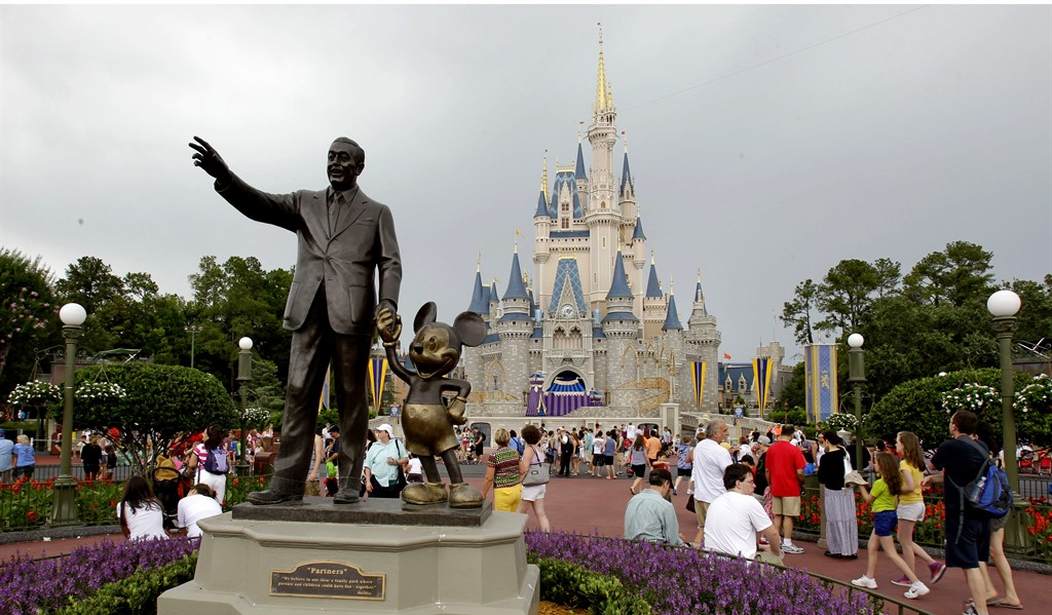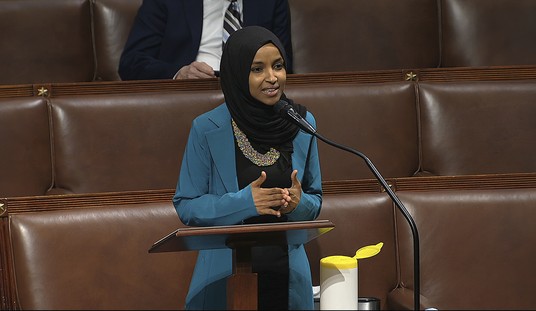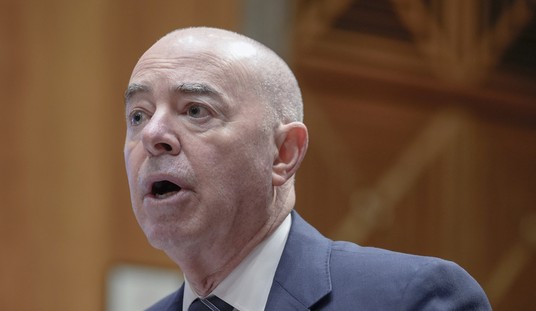We’ve been looking at the output of the Disney organization by decade, from the 1930s to the ‘40s, ‘50s, and ‘60s, and this week, we’re looking at the 1970s. Everyone who experienced that decade has an opinion about its culture, or lack thereof. From polyester leisure suits to Pet Rocks, the ’70s were the decade of disposable culture (in spite of some true classics like The Godfather films and Star Wars). I consider myself more of a child of the ’80s, since that’s when I came of age, but I remember my younger childhood in the ’70s — especially a lot of the music — fondly.
Much of the culture of the decade reflects a certain escapism. From the disco kids partying their troubles away, to the punk rockers flipping a middle finger at pretty much everything, to the banal pop of the mainstream, much of the music of the era plays on a desire to get away from the troubles of reality. Movies and television share a similar escapism — witness the endless disaster films and idiotic sitcoms of the day.
Looking back through the lens of adulthood and awareness of history, I see two things about the ’70s that made the decade what it became. The first was a sense of resignation (no pun intended, in light of Nixon’s second term) that gripped the nation. A war-weary country had grown tired of international tensions, and economic troubles added to the exhaustion the American people suffered. Historians often use the word “malaise” to describe the ’70s.
The second factor was a lack of national leadership. Beginning with the tumult of the Watergate years through the Ford and Carter presidencies, the United States drifted in terms of leadership, and I even believe American pride dimmed a bit as a result.
Like the rest of the nation, Disney suffered its own struggles in the ’70s. Of course, Walt Disney World opened on October 1, 1971, and its debut and growth — Space Mountain opened in Florida before it appeared in California — were the high points of the decade. It was all downhill from there.
Walt Disney had passed away in 1966, and when the projects he had championed before his death ran their course, many of the creatives within the organization found themselves unsure of what direction to take the company. A leadership vacuum emerged after Walt’s death as well. His brother Roy took on two of Walt’s most cherished projects — Walt Disney World and CalArts, which Roy’s wife Edna called “the place that killed” her husband. A battle between the creative leadership and the business leadership (a balance Walt and Roy kept while they were still alive) ensued, and Walt’s son-in-law Ron Miller rose up to lead the company. Miller was no creative genius like Walt.
I named a handful of the animated features and live-action films from the decade on my lists of underrated movies, but for the most part, Disney’s cinematic output in the ’70s was uncreative and forgettable. Cartoons suffered from lower-quality animation, while formulaic films and endless Love Bug sequels dot the landscape of ’70s Disney.
The company’s television output didn’t fare so well, either. The Wonderful World of Disney chugged along on NBC and in syndication, but that show was a shell of what it was when Walt hosted it. I loved The New Mickey Mouse Club as a kid, but it failed to make a dent in the culture other than for launching the career of Lisa Whelchel.
Two examples from the earliest days of Walt Disney World demonstrate the shift in the American mindset and culture during the ’70s — as well as how the resort’s parent company dealt with the change.
As I said earlier, Walt Disney World was the crown jewel of the decade for Disney, and rightly so. Walt would have been proud to see his brother Roy’s efforts to bring the first phase of his Florida Project to life as they paid off so well. A resort destination as magnificent as Walt Disney World deserved a tremendous fanfare for its grand opening telecast, and a list of stars like Julie Andrews, Bob Hope, and Jonathan Winters promised a lot. Instead, viewers got “Grand Opening of Walt Disney World,” a strange and cheesy special that aired on The Wonderful World of Disney on October 29, 1971.
The special opens with beautiful footage of the central Florida landscape, as singer Glen Campbell croons a tune with odd lyrics like, “Today is mine…to die a little, that I might learn to live.” At the end of the song, Campbell walks underneath the monorail tracks. Later, Andrews experiences the low point of her career dancing and singing her way throughout the worst arrangement of “Zip-a-Dee-Doo-Dah” in history — with just plain weird choreography to go along with it. Bizarre sketches featuring Winters and Buddy Hackett and horrid production numbers litter the screen. The 1970s cheese is almost too much to take.
The high points of the special are Bob Hope’s tribute to Walt, as well as the actual grand opening ceremonies themselves, featuring a 1,076-piece marching band led by Meredith Willson. But the balance of the special is bad enough to make Lilo & Stitch look appealing. I can’t help but wonder: if Disney had it to do over again, would they make something different of this hideous mess of a television special?
The Carousel of Progress was one of the bona fide hits of the 1964-65 New York World’s Fair for Disney, and the company brought it to Disneyland from 1967 to 1974 before moving it to Walt Disney World (where it resides today). For that decade-long span, the carousel’s theme was the infectious Sherman Brothers’ tune “There’s a Great, Big, Beautiful Tomorrow,” which reflected Walt Disney’s optimistic futurism in the best possible way.
Sometime around late 1974, executives at General Electric, the sponsor of the attraction, decided that a vision based on the present rather than the future was more prudent, so they requested a song change to fit that new vision. Rather than saying “no,” Disney acquiesced. The company at least had the good sense to ask Richard and Robert Sherman to compose the present-focused “The Best Time of Your Life,” which made its debut in January 1975.
I suppose that the thought of a Carousel of Progress centered on the present rather than the future fits the sense of resignation that gripped this country in the ’70s. I can’t help but think that Walt – and Roy, for that matter – would have stood up to the GE execs and told them where to stick their new vision. Fortunately, Disney restored “There’s a Great, Big, Beautiful Tomorrow” to the Carousel of Progress in 1994, a few years after GE’s sponsorship ended.
You know, there really is something about the 1970s that — in spite of nostalgia and some decent moments — made the decade a cultural wasteland. Disney fell into that wasteland, as the company wandered in the wilderness of reeling from its founder’s death and the lack of leadership that resulted. Disney didn’t quite emerge from the wilderness with the turn of the 1980s and the excitement of the Reagan years. Rather, it took a change at the top and the infusion of creativity that came with it to usher in a new age of Disney excitement. We’ll look at Disney in the ’80s next week.










Join the conversation as a VIP Member